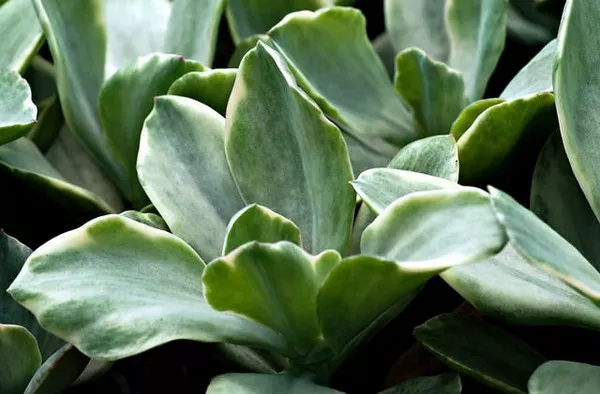Succulents have gained immense popularity for their unique, diverse shapes, and minimal maintenance requirements. One fascinating aspect of these resilient plants is their ability to propagate from individual leaves, offering enthusiasts the opportunity to expand their succulent collection at a minimal cost. Understanding the intricacies of replanting succulent leaves is crucial for ensuring successful propagation. In this comprehensive guide, we will explore the step-by-step process to replant succulent leaves, providing valuable insights for both novice and experienced succulent enthusiasts.
Selecting Healthy Leaves
Before diving into the replanting process, it’s essential to start with healthy leaves. Choose leaves from a mature, healthy succulent that are plump and free from any signs of disease or damage. Healthy leaves contain an adequate amount of moisture and nutrients, increasing the chances of successful propagation.
Gentle Leaf Removal
To harvest leaves for replanting, use a pair of clean, sharp scissors or pruning shears. Gently snip the leaves close to the stem, ensuring a clean cut without tearing or damaging the leaf. It’s crucial to handle the leaves with care to prevent any unnecessary stress that may hinder successful propagation.
Allow Leaves to Callus
After harvesting the leaves, place them in a dry and shaded area to allow the cut ends to form a callus. The callus serves as a protective layer that helps prevent rotting when the leaves are planted. Depending on the environmental conditions, this process typically takes anywhere from a few hours to a day.
Choosing the Right Soil Mix
Selecting an appropriate soil mix is crucial for the successful growth of succulent leaves. A well-draining soil mix is essential to prevent waterlogging, which can lead to rot. A recommended mix includes equal parts of potting soil and perlite or coarse sand. This combination ensures proper aeration and drainage, creating an optimal environment for succulent leaf propagation.
Planting the Leaves
Once the leaves have formed a callus, it’s time to plant them. Gently press the callused end of the leaf into the soil, burying it just enough to provide stability. Avoid planting the leaf too deep, as this may lead to rot. Ensure that the planting depth allows the leaf to stand upright with minimal support.
Providing Adequate Light
After planting, place the succulent leaves in a location with bright, indirect light. Succulents thrive in well-lit environments, but direct sunlight can be too intense, causing damage to the delicate leaves. A south-facing windowsill or an area with filtered sunlight is ideal for successful propagation.
Watering with Caution
Watering is a critical aspect of succulent propagation, and it requires a delicate balance. While the soil should be kept lightly moist, overwatering is a common mistake that can lead to rot. Water sparingly, allowing the soil to dry out between watering sessions. Using a spray bottle to mist the soil is an effective way to provide moisture without saturating the planting medium.
Patience is Key
Successful succulent propagation requires patience, as the process can take several weeks to months. During this time, monitor the leaves for any signs of new growth. A tiny rosette or roots emerging from the base of the leaf indicate successful propagation. Be patient and resist the urge to disturb the leaves prematurely.
Transplanting the New Growth
Once the succulent leaves have developed sufficient roots and new growth, they are ready to be transplanted into individual pots. Carefully remove the new plant from the original planting site, ensuring that the roots remain intact. Plant the new succulent in a small container with well-draining soil, allowing it to continue its growth journey.
Caring for Established Plants
As the newly propagated succulents grow and develop, continue to provide them with the care they need. Transition them to a regular succulent care routine, including proper watering, adequate sunlight, and occasional fertilization during the growing season. With time and proper care, these propagated succulents will mature into thriving, independent plants.
See Also How Big Do Basil Plants Get
Conclusion
Replanting succulent leaves is a rewarding and cost-effective way to expand your succulent collection. By following the steps outlined in this comprehensive guide, enthusiasts can embark on a successful journey of succulent propagation. Remember to start with healthy leaves, provide the right soil mix, and exercise patience throughout the process. With the proper care, you’ll soon witness the beauty of new succulent growth, adding to the charm of your succulent garden.


